Table of Contents
Pakistan: An In-Depth Exploration
Introduction:
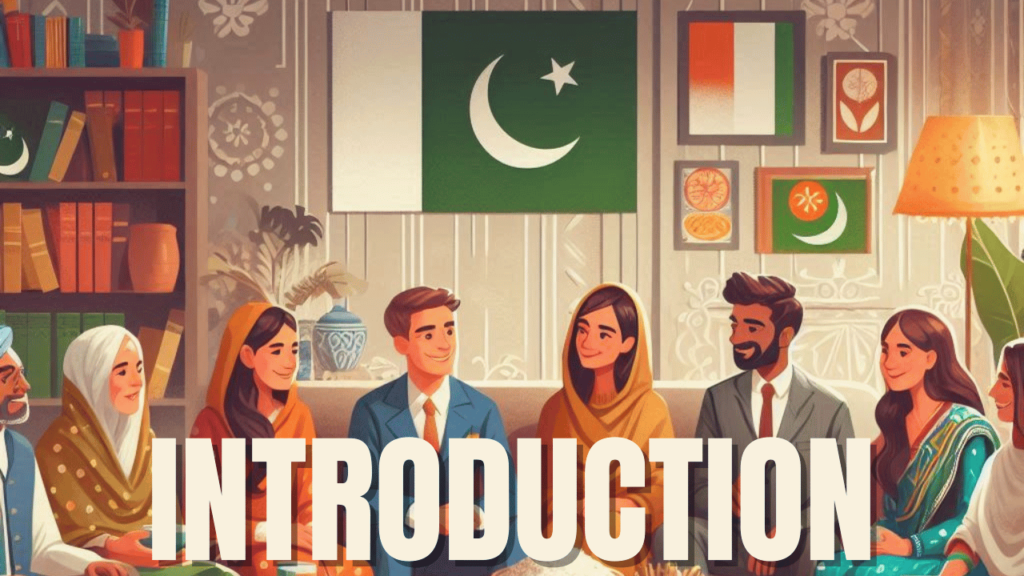
Pakistan, officially the Islamic Republic of Pakistan, is a South Asian country known for its rich cultural heritage, strategic geopolitical location, and diverse landscapes. It is the world fifth-most populous country, with a population exceeding 240 million. Covering an area of 881,913 square kilometers (340,509 square miles), Pakistan shares borders with India, Afghanistan, Iran, and China, and has a coastline along the Arabian Sea.
Geography and Climate:
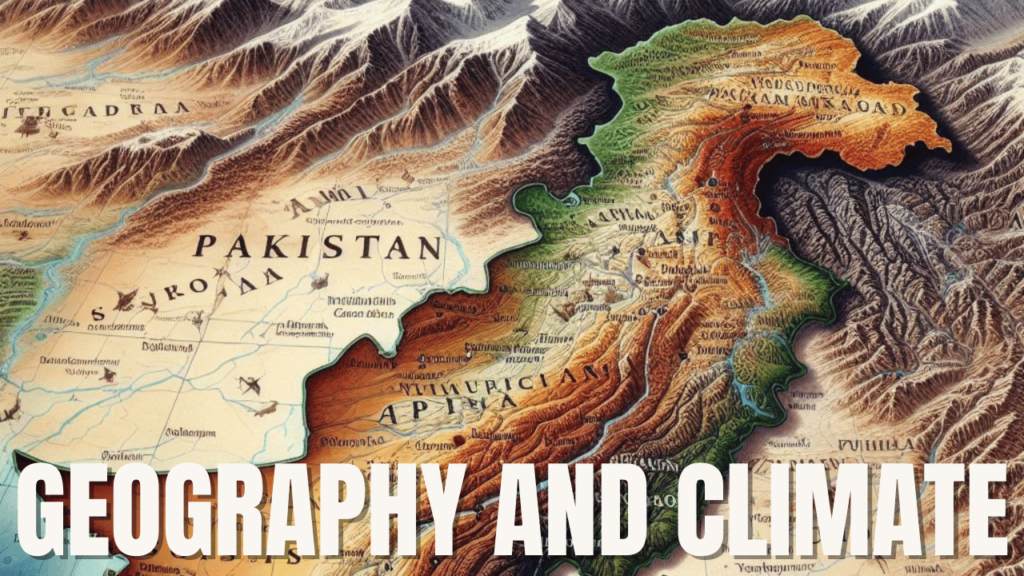
Pakistan features a wide range of geographical landscapes, from the towering peaks of the Himalayas and Karakoram ranges in the north to the arid deserts of Balochistan and Sindh in the south. The Indus River, which flows from the Himalayas to the Arabian Sea, is the lifeline of Pakistan, supporting agriculture and providing water for millions.
The climate of Pakistan varies significantly across the country. The north experiences severe winters with heavy snowfall, while the southern regions have a hot, arid climate. The monsoon season, from July to September, brings significant rainfall, particularly to the eastern parts of the country.
Provinces and Administrative Divisions:
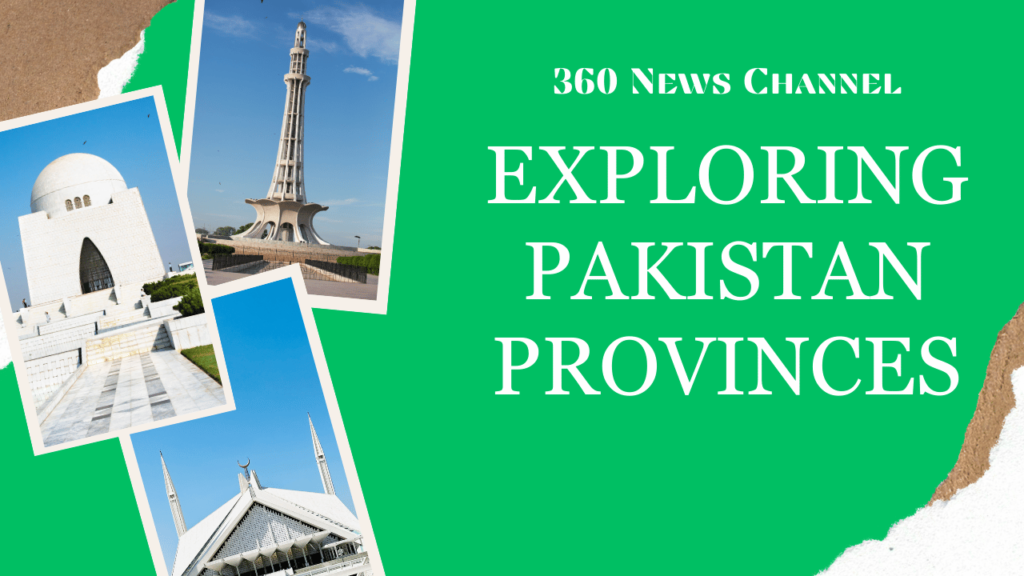
Pakistan is divided into four provinces, two autonomous territories, and one federal territory. Each province has its own distinct culture, language, and traditions.
Punjab:
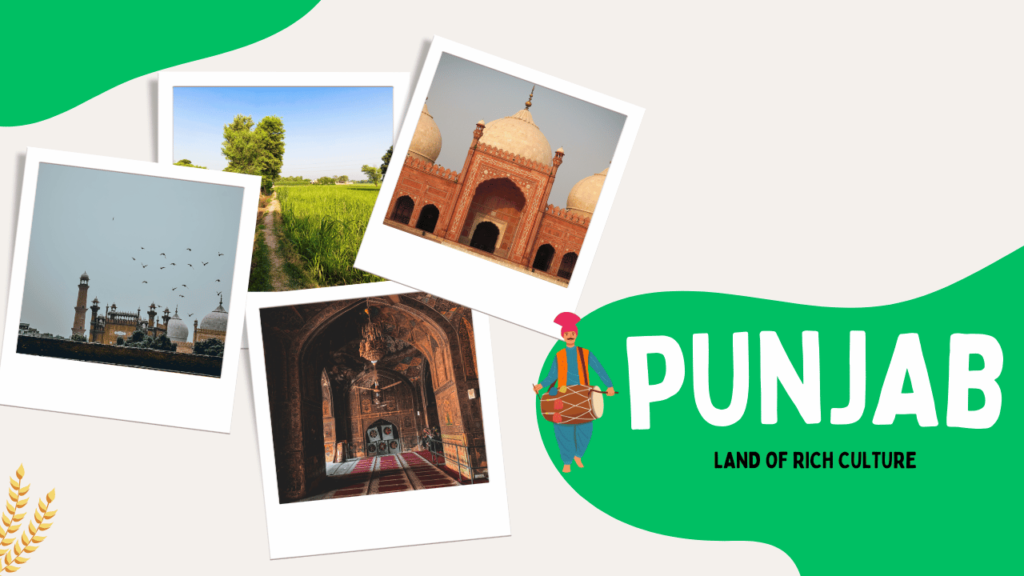
- Capital: Lahore
- Major Cities: Faisalabad, Rawalpindi, Multan, Gujranwala, Sialkot, Bahawalpur
- Overview: Punjab is the most populous province and the economic hub of Pakistan. It is known for its fertile lands, which produce a significant portion of the country’s agricultural output. Lahore, the capital, is a cultural and historical center, home to landmarks like the Badshahi Mosque, Lahore Fort, and Shalimar Gardens. Faisalabad is an industrial center, known for its textile industry. Rawalpindi, adjacent to Islamabad, is an important military city. Multan, known as the City of Saints, is famous for its Sufi shrines.
Sindh:
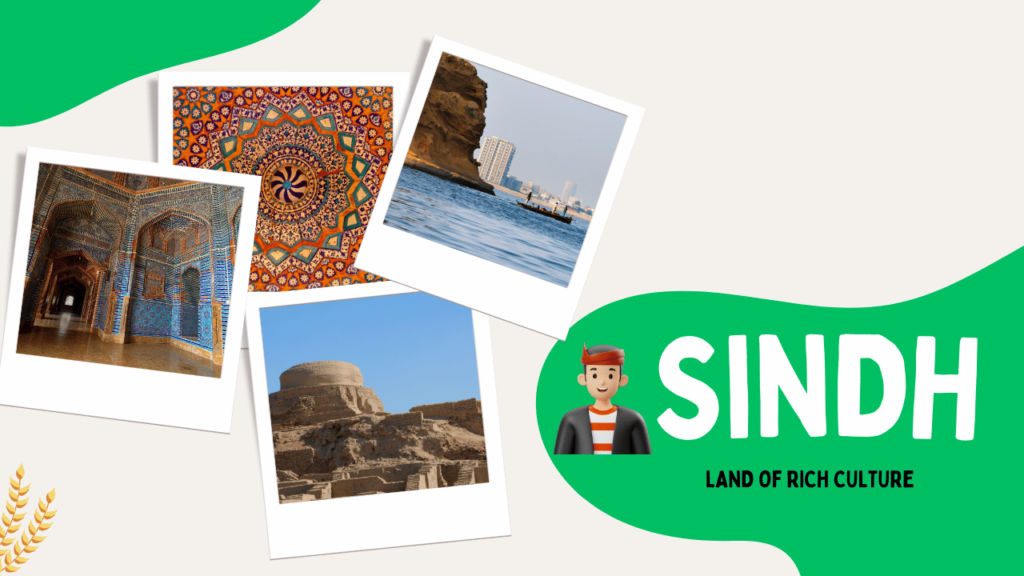
- Capital: Karachi
- Major Cities: Hyderabad, Sukkur, Larkana, Mirpurkhas, Nawabshah
- Overview: Sindh is located in the southeastern part of Pakistan and is known for its rich cultural heritage and economic significance. Karachi, the capital, is Pakistan’s largest city and a major financial and industrial center. The province is also famous for its historical sites, such as Mohenjo-Daro, an ancient Indus Valley civilization city. Hyderabad is known for its cultural heritage and historical monuments. Sukkur is important for its location on the Indus River, and Larkana is known as the birthplace of the Bhutto political dynasty.
Khyber Pakhtunkhwa (KP):
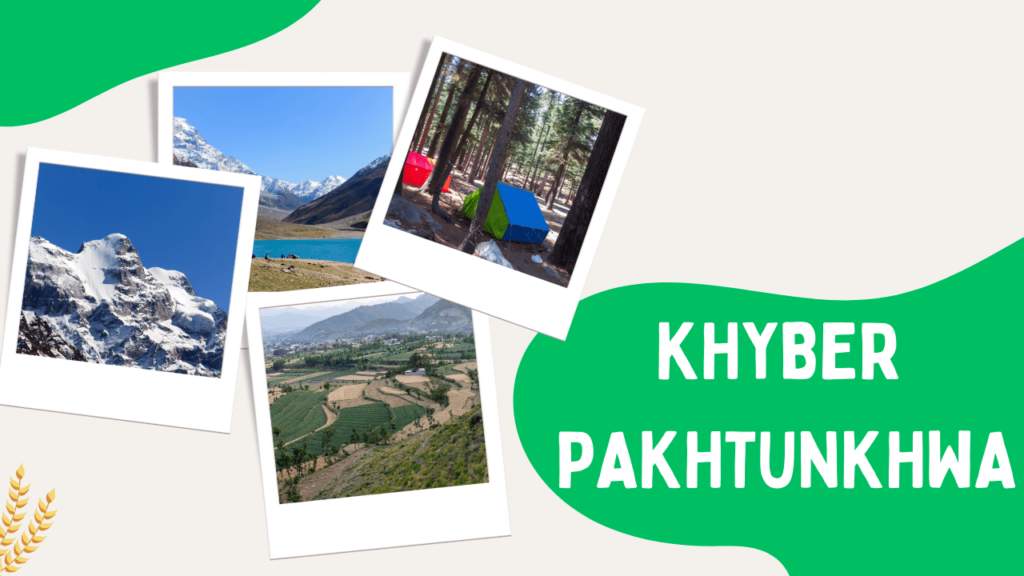
- Capital: Peshawar
- Major Cities: Mardan, Abbottabad, Swat, Kohat, Dera Ismail Khan
- Overview: KP is located in the northwestern region of Pakistan and is known for its rugged terrain and scenic valleys. Peshawar, the capital, is a historic city that has been a crossroads of various civilizations. The province is also home to tourist destinations like the Swat Valley, often referred to as the “Switzerland of Pakistan,” and the Khyber Pass, a historical trade route. Abbottabad is known for its pleasant weather and military academy, while Kohat is famous for its forts and archaeological sites.
Balochistan:
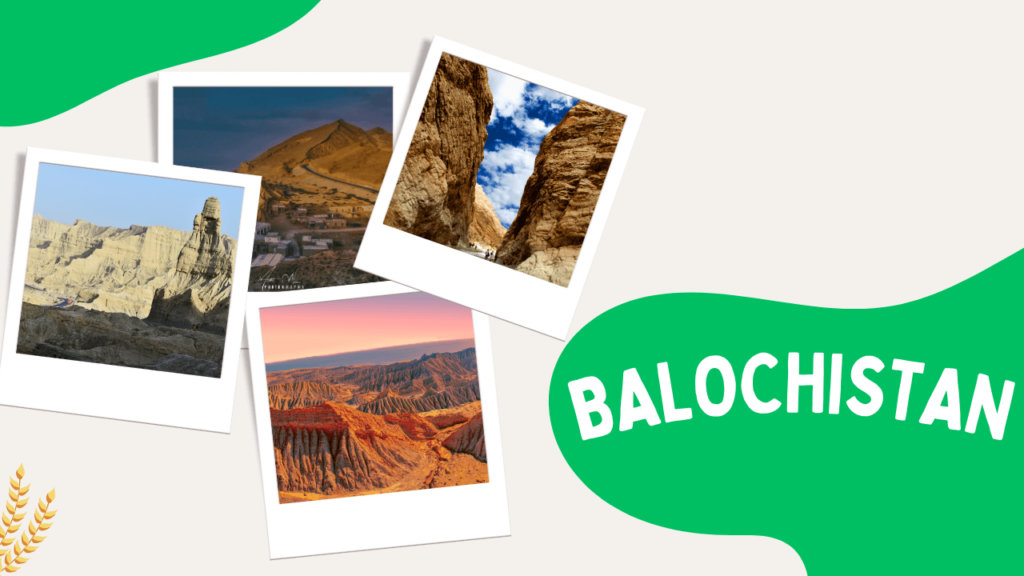
- Capital: Quetta
- Major Cities: Gwadar, Turbat, Khuzdar, Sibi, Zhob
- Overview: Balochistan is the largest province by area but the least populated. It is rich in natural resources, including natural gas, coal, and minerals. Quetta, the capital, is a cultural and commercial center. The port city of Gwadar is gaining international significance due to its strategic location and development projects under the China-Pakistan Economic Corridor (CPEC). Turbat is known for its date palms, while Khuzdar is a commercial center in central Balochistan.
Gilgit-Baltistan:

- Capital: Gilgit
- Major Cities: Skardu, Hunza, Diamer, Ghizer
- Overview: Gilgit-Baltistan is an autonomous territory known for its stunning mountainous landscapes, including K2, the second-highest peak in the world. The region is a popular destination for trekkers and mountaineers. The Hunza Valley is famous for its breathtaking beauty and cultural heritage. Skardu serves as the gateway to some of the world’s highest peaks, including K2 and Nanga Parbat.
Azad Jammu and Kashmir (AJK):
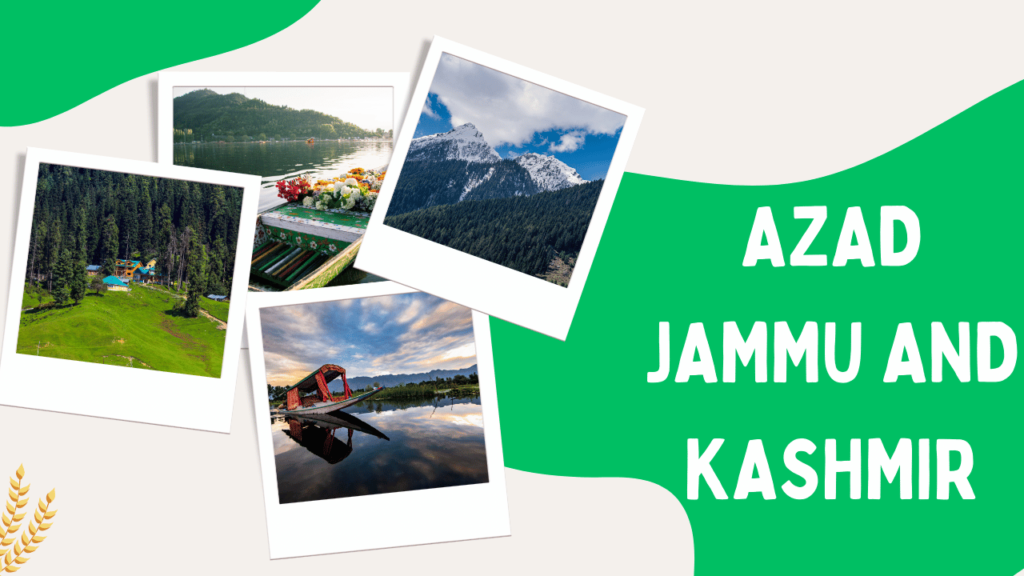
- Capital: Muzaffarabad
- Major Cities: Mirpur, Rawalakot, Kotli, Bhimber
- Overview: AJK is an autonomous territory with lush green valleys and mountainous terrain. It is a region with a significant focus on agriculture and tourism. Muzaffarabad, the capital, is known for its picturesque landscape and historical sites. Mirpur is often called “Little England” due to its large expatriate community.
Islamabad Capital Territory:
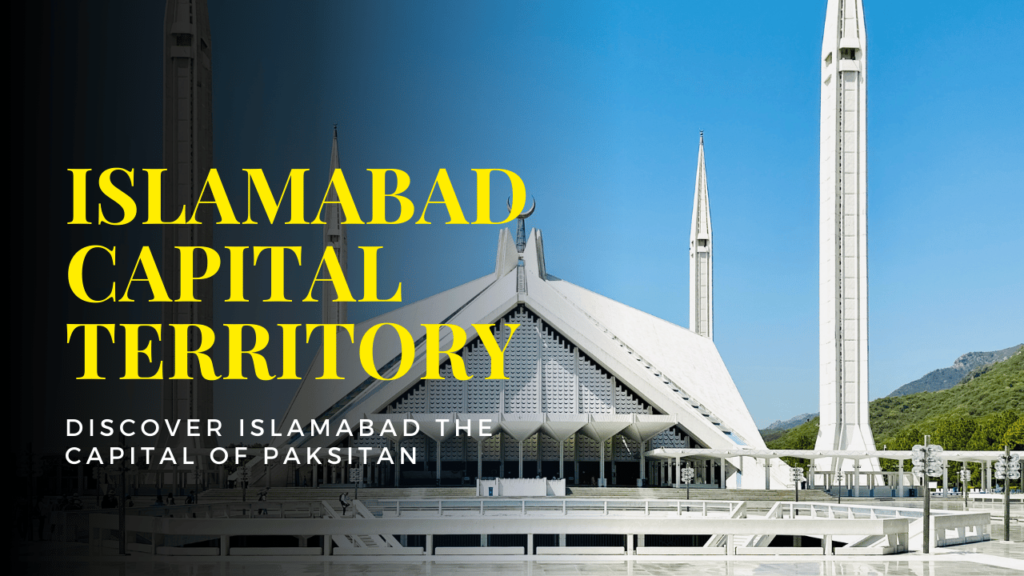
- Capital: Islamabad
- Overview: Islamabad, the capital city of Pakistan, is known for its modern architecture, green spaces, and high standard of living. The city is home to important government institutions, foreign embassies, and landmarks such as the Faisal Mosque, one of the largest mosques in the world. The Margalla Hills National Park provides a natural backdrop to the city, offering hiking and recreational opportunities.
History:
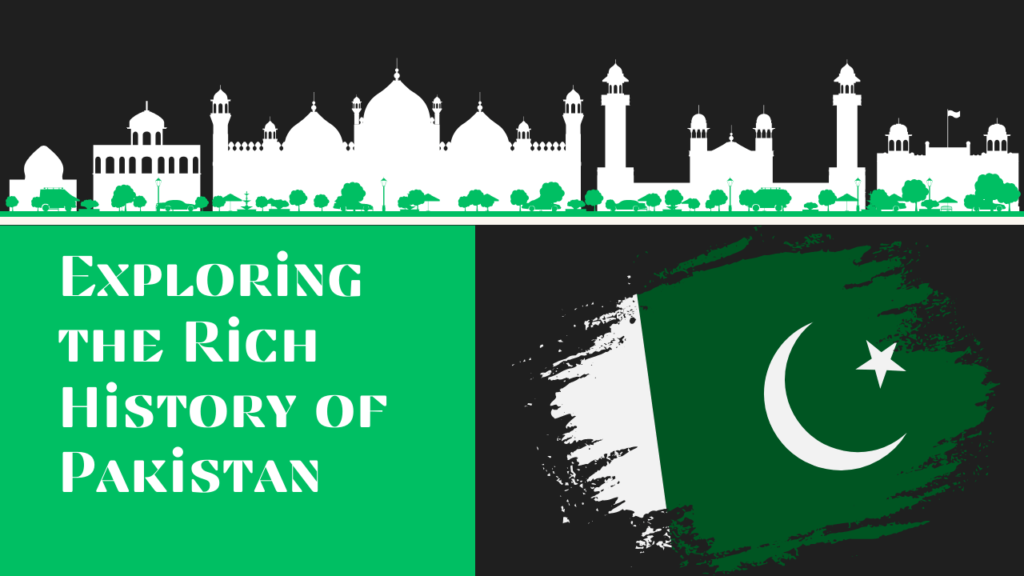
The history of Pakistan is marked by the rise and fall of various civilizations and empires. The region was home to the ancient Indus Valley Civilization, one of the world’s earliest urban cultures. Throughout history, it has seen the influence of Persian, Greek, Mauryan, Arab, Mughal, and British empires.
Pakistan emerged as an independent nation in 1947, following the end of British colonial rule in India. The movement for a separate Muslim state, led by Muhammad Ali Jinnah and the All-India Muslim League, resulted in the creation of Pakistan as a homeland for Muslims in the Indian subcontinent.
Government and Politics:

Pakistan is a federal parliamentary republic. The President is the ceremonial head of state, while the Prime Minister is the head of government. The political landscape is characterized by a multi-party system, with the Pakistan Tehreek-e-Insaf (PTI), Pakistan Muslim League (Nawaz) (PML-N), and Pakistan Peoples Party (PPP) being the major political entities.
The country has faced challenges such as political instability, military coups, and regional conflicts. However, democratic processes have strengthened recently, and Pakistan continues to work towards stability and development.
Economy:
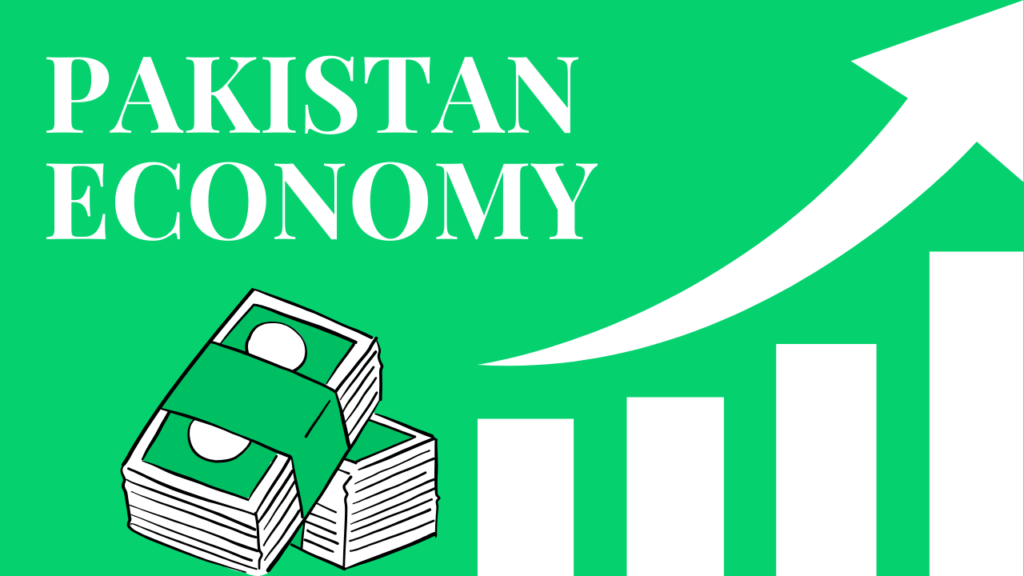
Pakistan has a mixed economy with agriculture, Industry, and services sectors contributing to its GDP. Agriculture remains a significant part of the economy, with major crops including wheat, rice, cotton, and sugarcane. The country is also known for its textile industry, which is a major exporter.
In recent years, Pakistan has seen growth in its IT and telecommunications sectors. The China-Pakistan Economic Corridor (CPEC) is a significant development project that aims to enhance infrastructure and boost economic growth. Key industries in Pakistan include textiles, pharmaceuticals, construction materials, and food processing. The service sector, including banking, telecommunications, and retail, also contributes significantly to the economy.
Culture:
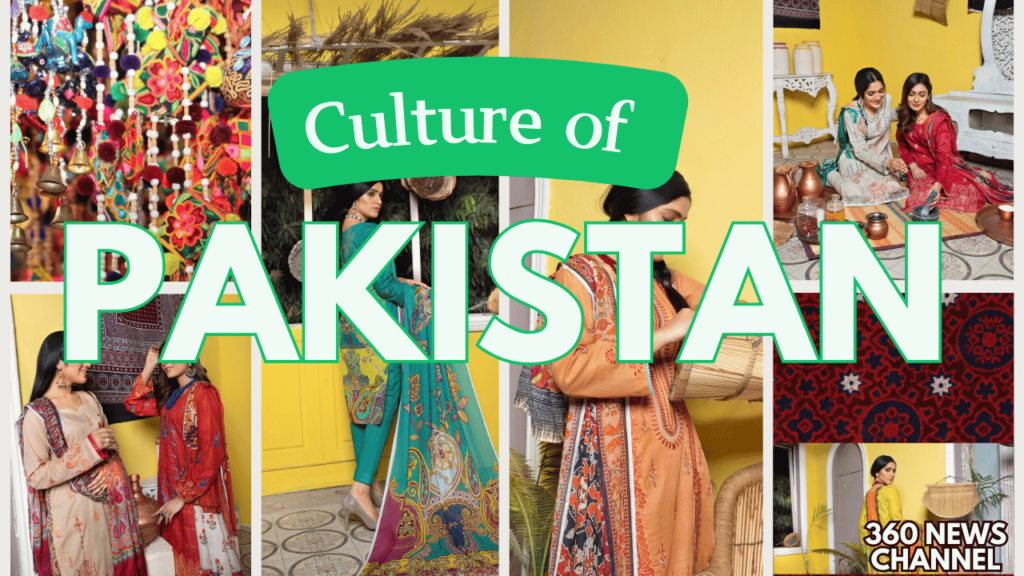
Pakistan culture is a rich blend of various ethnicities and traditions. The country’s official language is Urdu, while English is used for official and business purposes. Major cultural traditions include music, dance, poetry, and literature, heavily influenced by Islamic culture.
Pakistani cuisine is known for its rich flavors and diverse dishes, including biryani, kebabs, nihari, and various breads such as naan and roti. Festivals such as Eid-ul-Fitr, Eid-ul-Adha, and Basant are celebrated with great enthusiasm. The clothing varies by region, with traditional attire including shalwar kameez, sherwani, and sarees.
Sports:
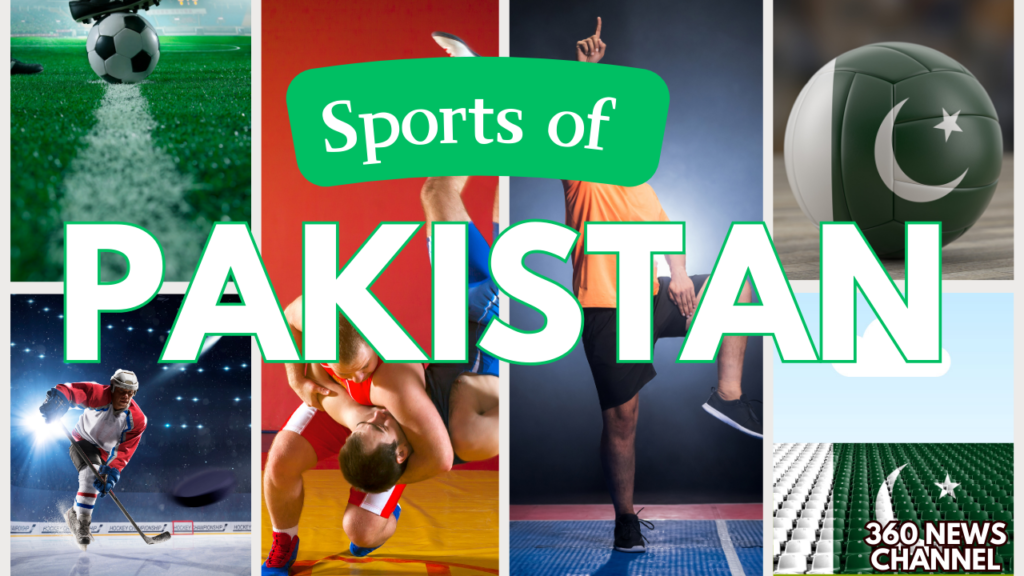
The National Sport of paksitan is HOCKEY,Sports are an important part of life in Pakistan,with field hockey being the national sport. Pakistan has a proud history in hockey, especially in the 1960s and 70s, when the national team was one of the best in the world. The team won three Olympic gold medals (1960, 1968, and 1984) and also claimed victory in the Hockey World Cup three times (1971, 1978, and 1982). These wins brought a lot of pride to the nation and united people across the country.
While hockey is the national sport, cricket is by far the most popular sport in Pakistan.
The national cricket team is adored by millions, and players like Imran Khan, Wasim Akram, and Javed Miandad are considered legends. The 1992 Cricket World Cup win is a moment that still brings joy to many Pakistanis. Besides cricket and hockey, Pakistan has also seen success in squash, with champions like Jahangir Khan and Jansher Khan making their mark globally. Other sports like football, wrestling, and kabaddi are also enjoyed, especially in rural areas, showing the wide range of sports talent in the country.
Education:
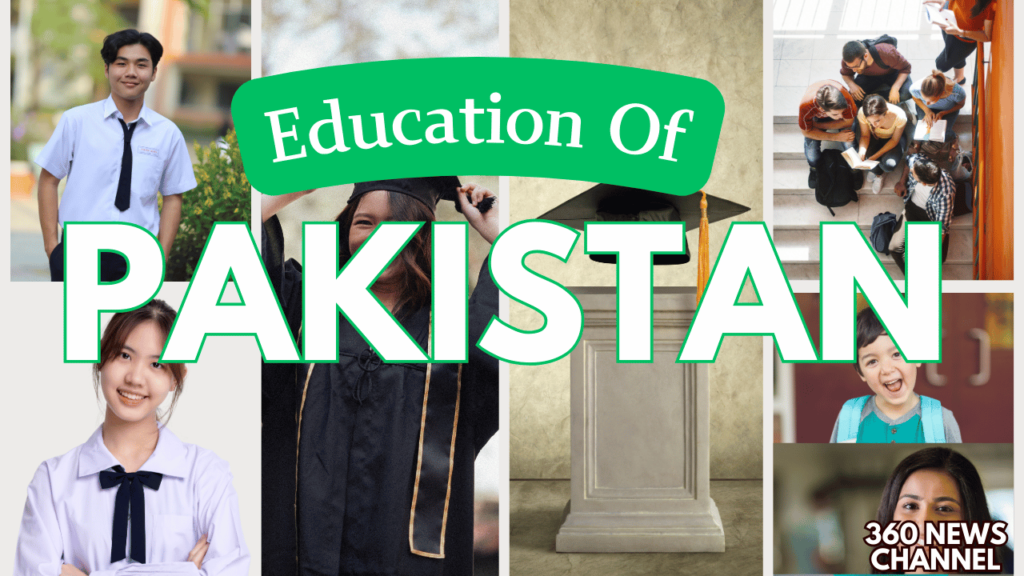
Pakistan education system is divided into five levels: primary, middle, high, intermediate, and university education. The country has a mix of public and private educational institutions. In recent years, there has been a significant focus on improving literacy rates and access to education, particularly for girls.
Prominent universities in Pakistan include Quaid-i-Azam University, Lahore University of Management Sciences (LUMS), and the National University of Sciences and Technology (NUST). Despite challenges, Pakistan is making strides in higher education and research.
Health:

The healthcare system in Pakistan comprises both public and private sectors. Major health challenges include infectious diseases, maternal and child health issues, and non-communicable diseases. The government has initiated several programs to improve healthcare access and outcomes, particularly in rural areas.
Notable healthcare institutions in Pakistan include Aga Khan University Hospital, Shaukat Khanum Memorial Cancer Hospital & Research Centre, and Pakistan Institute of Medical Sciences (PIMS).
Tourism:
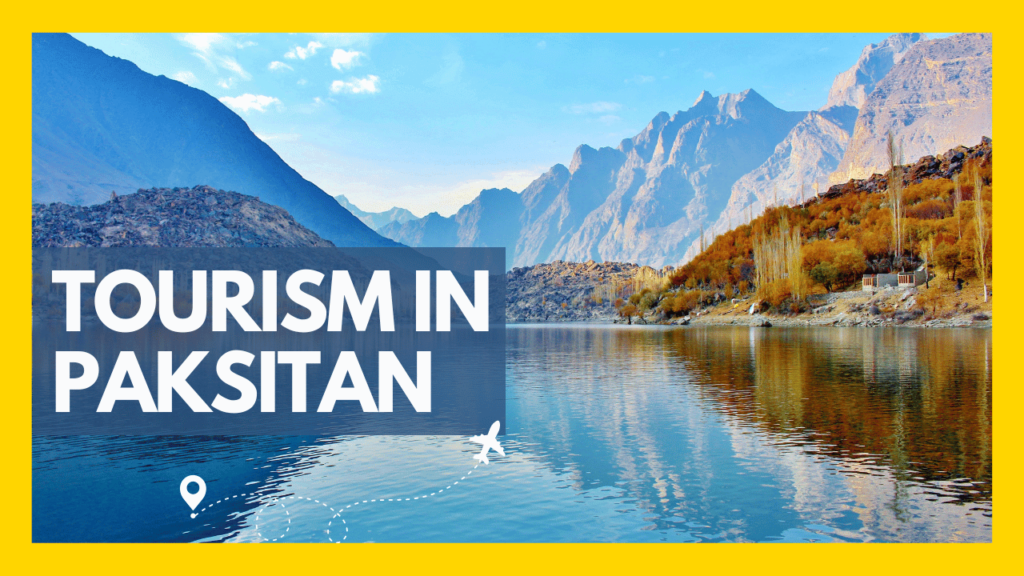
Pakistan is a land of diverse attractions, from its mountainous regions in the north to its historical sites and vibrant cities. Key tourist destinations include:
Northern Areas:
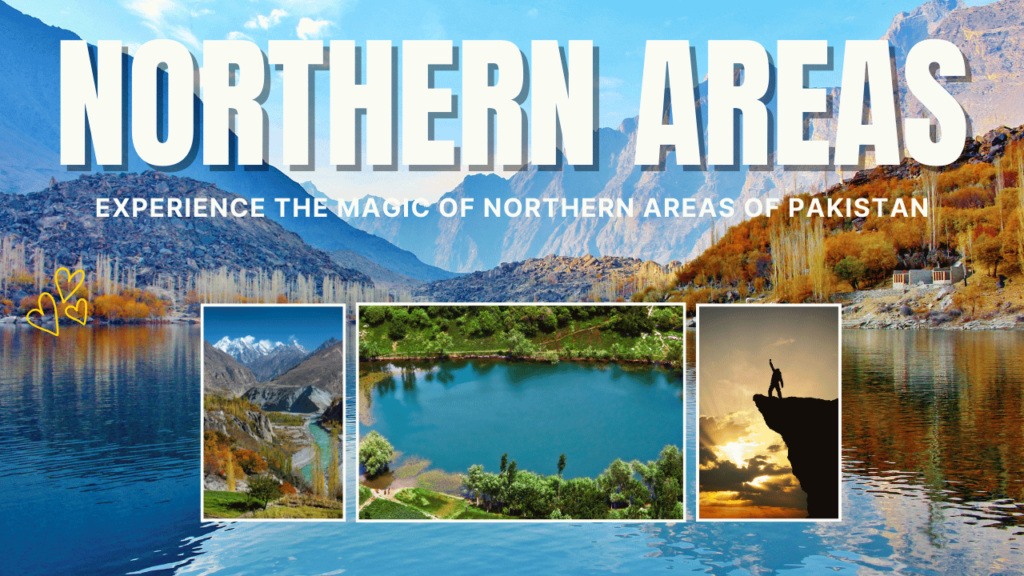
- The Karakoram Highway: Known as the Eighth Wonder of the World, it offers breathtaking views and access to stunning valleys like Hunza and Skardu.
- Fairy Meadows: A picturesque plateau with views of Nanga Parbat, the ninth-highest mountain in the world.
- Swat Valley: Often referred to as the “Switzerland of Pakistan,” known for its scenic beauty and rich history.
Historical Sites:
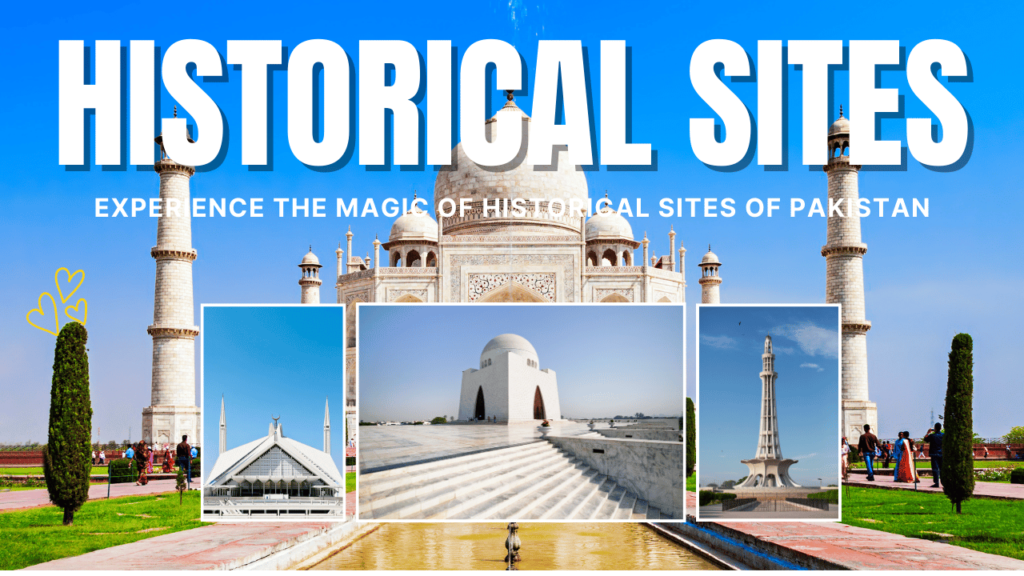
- Mohenjo-Daro and Harappa: Ancient cities of the Indus Valley Civilization.
- Taxila: A UNESCO World Heritage site with ruins dating back to the Gandhara civilization.
- Lahore: Home to Mughal-era landmarks such as the Badshahi Mosque, Lahore Fort, and Shalimar Gardens.
Coastal Areas:
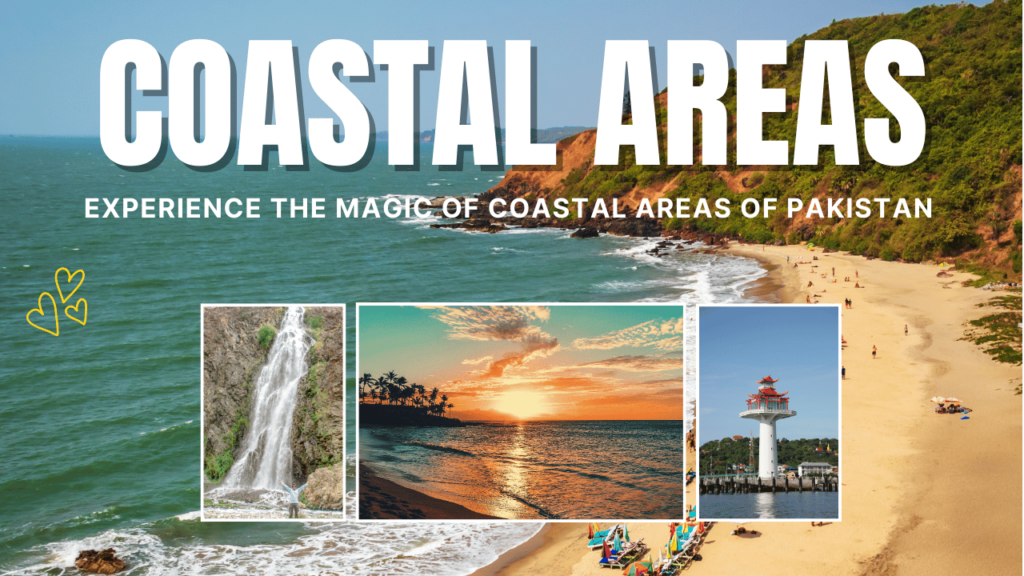
- Karachi: Pakistan largest city and a gateway to beautiful beaches like Clifton and Hawksbay.
- Gwadar: A rapidly developing port city with pristine beaches and significant economic potential.
Notable Cities:

- Lahore: The cultural heart of Pakistan, known for its vibrant arts scene, historic sites, and culinary delights.
- Karachi: The economic and commercial hub of Pakistan, offering a blend of modernity and tradition.
- Islamabad: The capital city, known for its modern architecture, green spaces, and high standard of living.
- Peshawar: A historic city with a rich cultural heritage, located at the crossroads of Central and South Asia.
- Quetta: The capital of Balochistan, known for its unique culture and proximity to the Afghan border.
Key Facts:

- Official Name: Islamic Republic of Pakistan
- Population: Over 240 million
- Area: 881,913 square kilometers (340,509 square miles)
- Capital: Islamabad
- Largest City: Karachi
- Official Languages: Urdu and English
- Currency: Pakistani Rupee (PKR)
- Time Zone: Pakistan Standard Time (UTC+5)
Notable Figures:
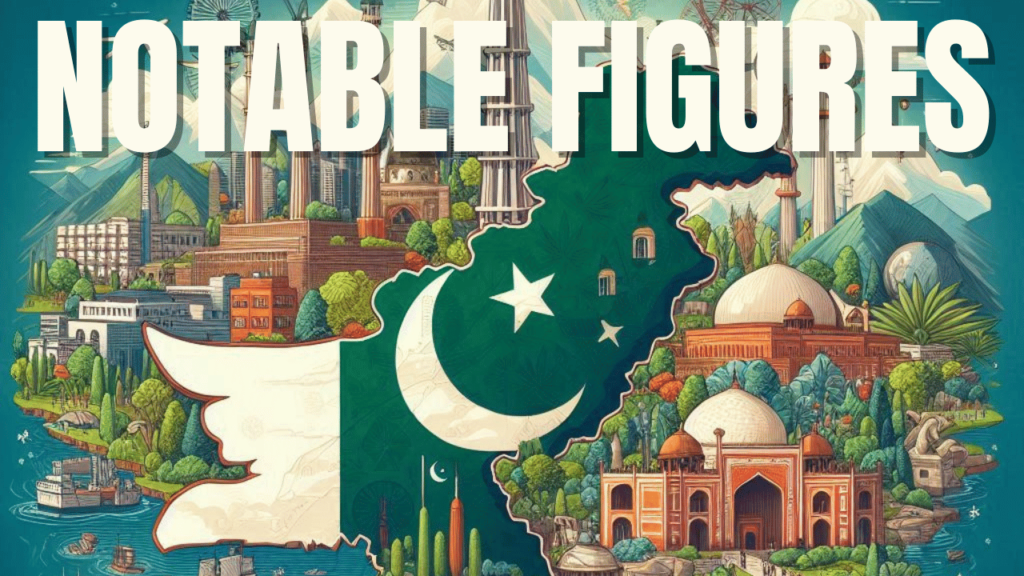
- Muhammad Ali Jinnah: Founder of Pakistan, known as Quaid-e-Azam (Great Leader).
- Benazir Bhutto: The first female Prime Minister of Pakistan and a significant political figure.
- Malala Yousafzai: Nobel Peace Prize laureate and advocate for girls education.
- Abdus Salam: Nobel laureate in Physics for his contribution to electroweak unification.
Environmental Challenges:
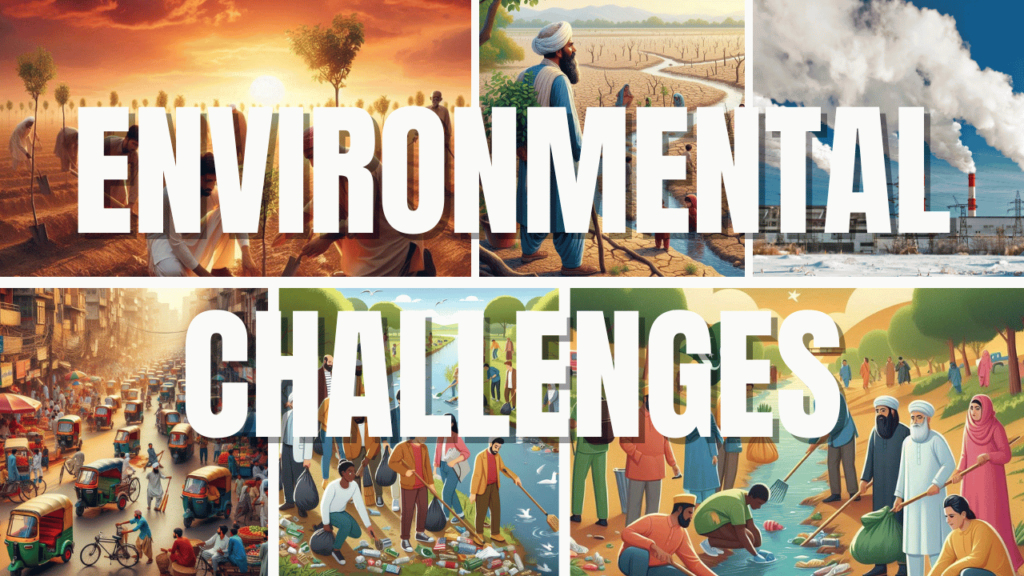
Pakistan faces several environmental challenges, including deforestation, air and water pollution, and climate change impacts. The country’s rapidly growing population and industrial activities have put significant pressure on its natural resources. Efforts are being made to address these issues through initiatives such as tree-planting campaigns, renewable energy projects, and policies aimed at reducing carbon emissions.
Conclusion:

Pakistan is a country of rich history, cultural diversity, and strategic importance. Despite facing numerous challenges, it continues to make strides in various fields, including education, healthcare, and economic development. The nation vibrant culture, scenic landscapes, and resilient people contribute to its unique identity on the global stage.
Read Now:
How Homemade Cuisine Became Pakistan First Leading Gluten-Free Brand
The Inspiring Story of Wasif Nisar: How Social Media Scaled Lumslam from Zero to Success
Exciting Opportunity: FPMU Offering Job Vacancies in Pakistan in 2024
Pakistan Startup Fund: Boosting Innovation and Growth in Pakistani Startups
How Startup Pakistan is Transforming the Digital World and Their Success Story
Shocking News: Usman Khan is eligible to Play for Pakistan, Confirms PCB Chief Mohsin Naqvi
Information Disclaimer: The information provided here is for general informational purposes only. We strive to offer accurate and current details, but we do not guarantee that the information is always up-to-date or complete. This content aims to provide a balanced view and does not intend to spread hate or target any individuals, groups, or nations.This blog aims to provide an accurate overview of Pakistan.If you have any concerns or questions, please reach out directly.
FAQ’s:
What is the official name of Pakistan?
The official name of Pakistan is the Islamic Republic of Pakistan.
How many people live in Pakistan?
Pakistan has a population of over 240 million people, making it the fifth-most populous country in the world.
What are the official languages of Pakistan?
The official languages of Pakistan are Urdu and English.
What is the capital of Pakistan?
The capital of Pakistan is Islamabad.
Which is the largest city in Pakistan?
The largest city in Pakistan is Karachi.
What is the currency used in Pakistan?
The currency used in Pakistan is the Pakistani Rupee (PKR).
What time zone is Pakistan in?
Pakistan is in Pakistan Standard Time (UTC+5).
Who was the founder of Pakistan?
The founder of Pakistan is Muhammad Ali Jinnah, known as Quaid-e-Azam.
What is the national sport of Pakistan?
The national sport of Pakistan is field hockey.
What is Pakistan most popular sport?
Cricket is the most popular sport in Pakistan.
What is the significance of the Indus River in Pakistan?
The Indus River is the lifeline of Pakistan, supporting agriculture and providing water for millions of people.
Which mountain ranges are found in Pakistan?
Pakistan is home to the Himalayas and Karakoram ranges, including K2, the second-highest peak in the world.
Is Imran Khan from Pakistan?
Yes,Imran Khan is from Pakistan.
What is the climate like in Pakistan?
The climate in Pakistan varies from the severe winters and heavy snowfall in the north to the hot, arid climate in the south. The monsoon season occurs from July to September.
What are some key historical sites in Pakistan?
Key historical sites in Pakistan include Mohenjo-Daro, Harappa, Taxila, and the Mughal-era landmarks in Lahore, such as the Badshahi Mosque and Lahore Fort.
What are the major provinces in Pakistan?
Pakistan is divided into four provinces: Punjab, Sindh, Khyber Pakhtunkhwa (KP), and Balochistan.
What is the China-Pakistan Economic Corridor (CPEC)?
The China-Pakistan Economic Corridor (CPEC) is a major development project aimed at enhancing infrastructure and boosting economic growth in Pakistan.
What are some popular tourist destinations in Pakistan?
Popular tourist destinations in Pakistan include the Northern Areas (such as Hunza and Swat Valley), the Karakoram Highway, and the historical sites in Lahore.
Who are some notable figures from Pakistan?
Notable figures from Pakistan include Muhammad Ali Jinnah, Benazir Bhutto, Malala Yousafzai, and Abdus Salam.
What are the major industries in Pakistan?
Major industries in Pakistan include textile, pharmaceuticals, construction materials, and food processing.
What is the education system like in Pakistan?
Pakistan education system is divided into five levels: primary, middle, high, intermediate, and university education, with both public and private institutions.
What are some environmental challenges Pakistan faces?
Pakistan faces environmental challenges such as deforestation, air and water pollution, and the impacts of climate change. Efforts are being made to address these issues through various initiatives.
What is the healthcare system like in Pakistan?
The healthcare system in Pakistan comprises both public and private sectors, with challenges including infectious diseases, maternal and child health issues, and non-communicable diseases.
What is the cultural significance of Pakistan?
Pakistan culture is a rich blend of various ethnicities and traditions, influenced heavily by Islamic culture. Major cultural traditions include music, dance, poetry, and literature.
What are some traditional foods in Pakistan?
Traditional foods in Pakistan include biryani, kebabs, nihari, and various types of bread such as naan and roti.
What festivals are celebrated in Pakistan?
Festivals celebrated in Pakistan include Eid-ul-Fitr, Eid-ul-Adha, and Basant.
What is the significance of Gwadar in Pakistan?
Gwadar is a port city in Balochistan that is gaining international significance due to its strategic location and development projects under CPEC.
What are desi Pakistani dishes?
The desi Pakistani dishes are Naan, kulcha, paratha, roti, chapati, shermal, tandoori roti, taftan, double roti, pao are few to name.
What are Pakistani suits?
A Pakistani suit is a traditional outfit that includes a long top called a kameez, loose pants known as shalwar, and a matching scarf called a dupatta. It’s popular among women in Pakistan for its bright colors, beautiful embroidery, and unique styles.
What is a shalwar kameez?
Shalwar kameez is the national dress of Pakistan, consisting of loose-fitting pants (shalwar) and a long tunic (kameez).
What is a dupatta?
A dupatta is a long scarf often paired with a shalwar kameez, draped over the shoulders or head.
What are pant suits in Pakistani fashion?
Pant suits in Pakistani fashion include fitted or straight pants paired with a tunic or long shirt for a contemporary look.
What fabrics are used in Pakistani suits?
Pakistani suits are made from fabrics like silk, chiffon, and cotton, often with intricate embroidery and embellishments.
What makes Pakistani suits unique?
Pakistani suits are known for their vibrant colors, luxurious fabrics, and detailed embroidery, reflecting the rich cultural heritage of Pakistan.
What is the traditional suit of Pakistan?
The traditional suit of Pakistan is the Shalwar Kameez, which consists of a long tunic (kameez) paired with loose-fitting pants (shalwar). It is worn by both men and women and is considered the national dress of Pakistan.
How many states are in Pakistan?
Pakistan is divided into four provinces: Punjab, Sindh, Khyber Pakhtunkhwa, and Balochistan, along with the Islamabad Capital Territory, Gilgit-Baltistan, and Azad Jammu and Kashmir
Who is the prime minister of Pakistan?
As of 2024, the Prime Minister of Pakistan is Anwaar-ul-Haq Kakar
Who was Pakistan first Governor-General?
Pakistan first Governor-General was Muhammad Ali Jinnah, the founder of Pakistan
What is Pakistan political map?
Pakistan political map consists of four provinces (Punjab, Sindh, Khyber Pakhtunkhwa, and Balochistan), the Islamabad Capital Territory, and two autonomous territories (Gilgit-Baltistan and Azad Jammu and Kashmir). The country borders include neighboring nations like India, Afghanistan, Iran, and China
What is total area of pakistan?
The total area of Pakistan is approximately 881,913 square kilometers (340,509 square miles).
What is the capital city of Pakistan?
The capital city of Pakistan is Islamabad
What is Pakistan share market?
Pakistan share market consists of the Pakistan Stock Exchange (PSX), where stocks, bonds, and securities are traded. The PSX is the main stock exchange in Pakistan
What is the GDP of Pakistan?
As of 2024, Pakistan GDP is approximately $376 billion, reflecting its diverse economy, which includes agriculture, manufacturing, and services sectors
Does Pakistan have nuclear bombs?
Yes, Pakistan possesses nuclear weapons. It conducted its first successful nuclear tests in 1998
Why did India and Pakistan divide?
India and Pakistan were divided in 1947 due to religious and political differences. The partition was driven by the desire for a separate Muslim state, leading to the creation of Pakistan as a separate country from India
What are the reasons for Pakistan’s Economic Crisis?
Pakistan economic crisis is due to multiple factors, including high levels of public debt, political instability, inflation, trade deficits, and energy shortages. Additionally, challenges like poor governance and reliance on external aid have exacerbated the situation
How many times has Pakistan won the World Cup?
Pakistan has won the ICC Cricket World Cup once, in 1992
What is current situtation of Paksitan?
Pakistan is currently facing a multifaceted crisis involving economic, political, and social challenges. The country is grappling with high inflation, a significant public debt burden, and a weakening currency. Additionally, political instability and governance issues have created uncertainty, affecting both domestic and international confidence in the country future.
What is the reason behind Paksitan Crises?
The crisis in Pakistan can be attributed to several factors:
Economic Mismanagement: Long-term economic mismanagement, including excessive borrowing, poor fiscal policies, and reliance on short-term solutions, has weakened the economy.
Political Instability: Frequent changes in government, lack of political consensus, and conflicts between state institutions have disrupted economic reforms and hindered effective governance.
High Public Debt: Pakistan debt levels have soared, leading to significant portions of the budget being allocated to debt servicing, leaving less for development and social services.
Inflation and Currency Devaluation: High inflation, driven by rising energy costs and a depreciating currency, has eroded the purchasing power of citizens and increased the cost of living.
Energy Crisis: Chronic energy shortages and reliance on expensive imported energy have further strained the economy and affected industrial output.
External Pressures: Global economic downturns, geopolitical tensions, and dependence on foreign aid and remittances have also contributed to the economic challenges.
Natural Disasters: Pakistan is prone to natural disasters like floods and earthquakes, which have caused significant economic and human losses, further straining the country resources.
How many provinces in Pakistan?
Pakistan has four provinces: Punjab, Sindh, Khyber Pakhtunkhwa (KPK), and Balochistan.
What is postal code of Pakistan?
The postal code of Pakistan varies by region; for example, the postal code for Islamabad is 44000.
What is zip code of Pakistan?
The ZIP code system is not used in Pakistan; instead, postal codes are used, which are region-specific.
Should you wear a pant and shirt for representing Pakistan?
Yes, wearing a pant and shirt is generally acceptable, though traditional attire like the shalwar kameez is often preferred for formal or cultural events.
How can you deposit in IC Markets from Pakistan?
You can deposit in IC Markets from Pakistan using methods like bank wire transfers, e-wallets, or credit/debit cards, depending on the available options in your region.
Why does Cartman hate Pakistan?
The character Cartman from South Park does not have a specific reason for hating Pakistan; it is part of his general portrayal as a controversial and offensive character.
How much is a Pakistan subscription plan on Netflix?
The subscription plans for Netflix in Pakistan vary, with options like the Mobile plan, Basic plan, Standard plan, and Premium plan, each offering different features and price points.
What type of government does Pakistan have?
Pakistan has a federal parliamentary democratic system, where the Prime Minister is the head of government, and the President is the ceremonial head of state.
Who is the current Prime Minister of Pakistan?
As of now, the current Prime Minister is Shehbaz Sharif.The position has seen changes over the years due to elections and political shifts.
How are elections conducted in Pakistan?
Elections in Pakistan are conducted by the Election Commission of Pakistan. General elections are held every five years to elect members of the National Assembly and Provincial Assemblies.
What are the major political parties in Pakistan?
The major political parties in Pakistan include Pakistan Tehreek-e-Insaf (PTI), Pakistan Muslim League (Nawaz) or PML-N, and Pakistan Peoples Party (PPP). These parties have played significant roles in the country political landscape.
How does Pakistan parliament function?
Pakistan Parliament consists of two houses: the National Assembly (lower house) and the Senate (upper house). The Parliament is responsible for making laws, approving budgets, and discussing national issues.
What is the structure of Pakistan judiciary?
Pakistan judiciary is headed by the Supreme Court, followed by High Courts in each province, and lower courts at the district level. The judiciary plays a crucial role in interpreting laws and ensuring justice.
What is the process for amending the Constitution in Pakistan?
To amend the Constitution, a bill must be passed by a two-thirds majority in both the National Assembly and the Senate. The amendment must then be approved by the President.
Who are the key political figures in Pakistan history?
Key political figures in Pakistan’s history include Muhammad Ali Jinnah, Liaquat Ali Khan, Zulfikar Ali Bhutto, Benazir Bhutto, Nawaz Sharif, and Imran Khan. These leaders have shaped the political and social landscape of the country.
What are the main challenges facing Pakistan political system?
Challenges include political instability, corruption, and tensions between federal and provincial governments. These issues have impacted governance and development.
How does Pakistan federal structure impact governance?
Pakistan federal structure divides powers between the federal government and provincial governments. This structure allows provinces to manage their own affairs while remaining part of the federation, but it also leads to tensions and challenges in coordination.
How does Pakistan engage in international diplomacy?
Pakistan international diplomacy focuses on its relationships with neighboring countries, especially India and Afghanistan, as well as its alliances with major powers like China and the United States.
What are the main issues in Pakistan political landscape today?
Current issues include political polarization, governance challenges, economic instability, and tensions between different branches of government. These issues are at the forefront of national debates.
What is Imran Khan role in Pakistan politics?
Imran Khan is a prominent political figure in Pakistan, serving as the Prime Minister from 2018 to 2022. He is the chairman of Pakistan Tehreek-e-Insaf (PTI) and has been a key player in Pakistan recent political developments.
How did Imran Khan rise to political prominence?
Imran Khan rose to prominence through his leadership of PTI and his platform of anti-corruption and justice. His popularity grew over the years, leading to his party victory in the 2018 general elections.
What are the major achievements and controversies during Imran Khan tenure?
Imran Khan tenure saw initiatives like the Ehsaas Program and reforms in health and education. However, his government also faced criticism for handling the economy, foreign policy, and political opposition.
So, where does Pakistan go from here?
The country faces a lot of challenges, but it also has a lot of potential. If Pakistan can tackle its issues, such as political instability and economic struggles, while investing in its strengths like education, healthcare, and innovation, there’s real hope for a better future. It won’t be easy, but with strong leadership and the determination of its people, Pakistan can work towards a brighter, more prosperous tomorrow.









